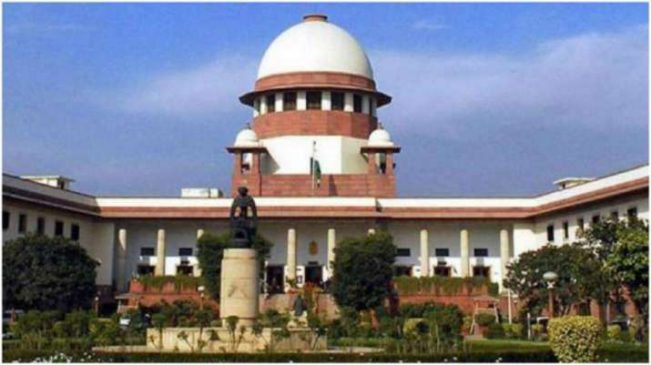A five-judge Constitution bench headed by Justice S A Nazeer is likely to pronounce its verdict on the matter today.
The Supreme Court is likely to deliver its verdict on Monday on a batch of pleas challenging the Narendra Modi-led government’s 2016 decision to demonetise high-value currency notes of Rs 500 and 1,000 denominations
A five-judge Constitution bench headed by Justice S A Nazeer is likely to pronounce its verdict on the matter today, the first day after its winter recess break. Justice Nazeer is set to retire on January 4.
Read More: Rajasthan: 8 coaches of Suryanagari Express train derailed in Jodhpur; no casualty reported
According to Monday’s cause list of the top court, there will be two separate judgements in the matter, which will be pronounced by Justices B R Gavai and B V Nagarathna. It is not clear whether the two judgements will be concurring or dissenting, reported PTI.
The other members of the five-judge bench are Justices A S Bopanna and V Ramasubramanian.
On December 7, the apex court had directed the union government and the Reserve Bank of India (RBI) to place before it relevant records and had reserved the verdict. The arguments of Attorney General R Venkataramani, the RBI’s counsel and the petitioners’ lawyers, including senior advocates P Chidambaram and Shyam Divan were heard.
The top court had heard a batch of 58 petitions challenging the note ban exercise which was announced by Prime Minister Narendra Modi on November 8, 2016, in a late-night address which had taken the nation by surprise.
Read More: Weather Updates: Foggy Morning, Cold Wave in Parts of North India; Delhi Air Slips to ‘Very Poor’ Category
On November 17, the Centre had told the Supreme Court that the demonetisation decision of the union government in 2016 was a “well-considered” decision and a part of a larger strategy to combat the “menace of fake money, terror financing, black money and tax evasion”.
“The withdrawal of the legal tender character of the specified bank notes was by itself an effective measure and was also a part of a larger strategy for combating the menace of fake money, terror financing, black money and tax evasion, but not confined to them alone. It was an economic policy decision exercised in accordance with powers conferred by an Act of the Parliament (RBI Act, 1934), in conformity with the provisions of the said Act and was subsequently affirmatively taken note of by the Parliament in the Specified Bank Notes (Cessation of Liabilities) Act, 2017,” the Centre had submitted.





































